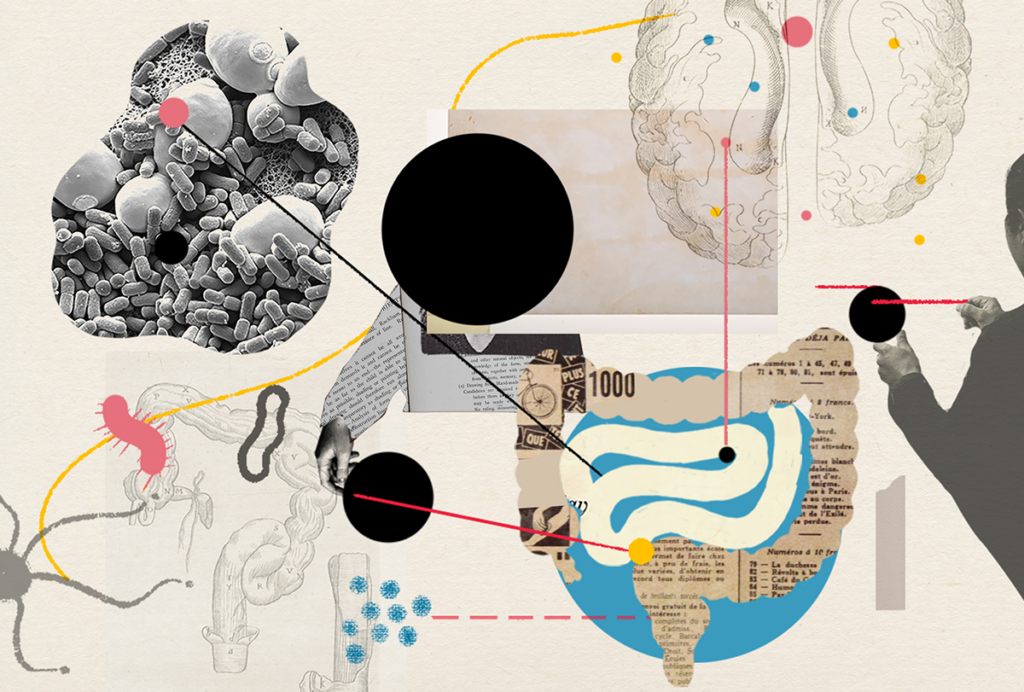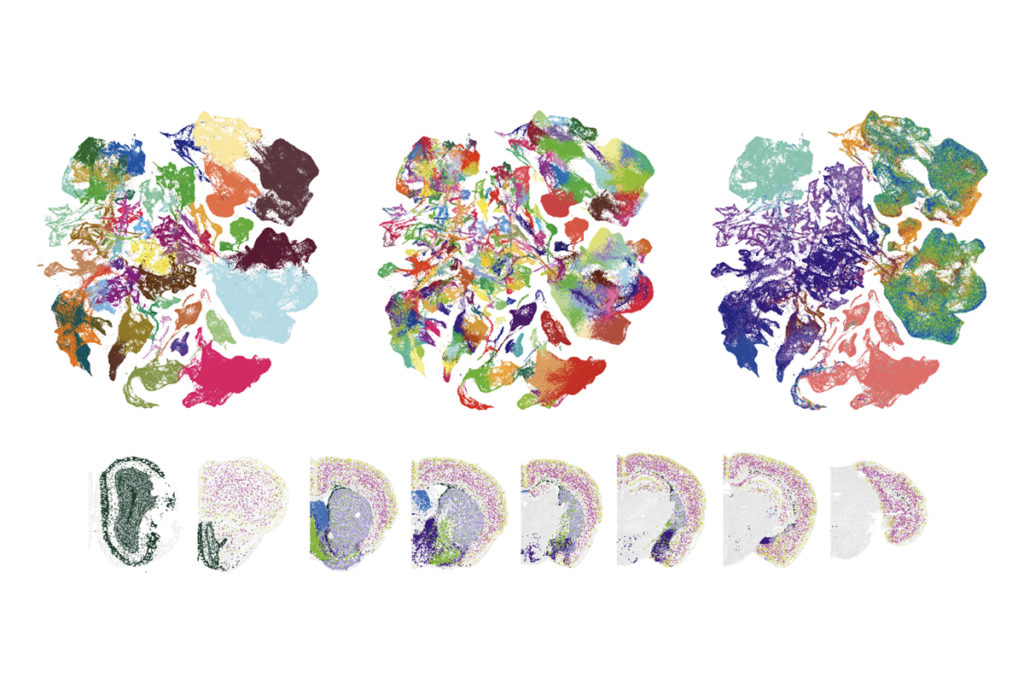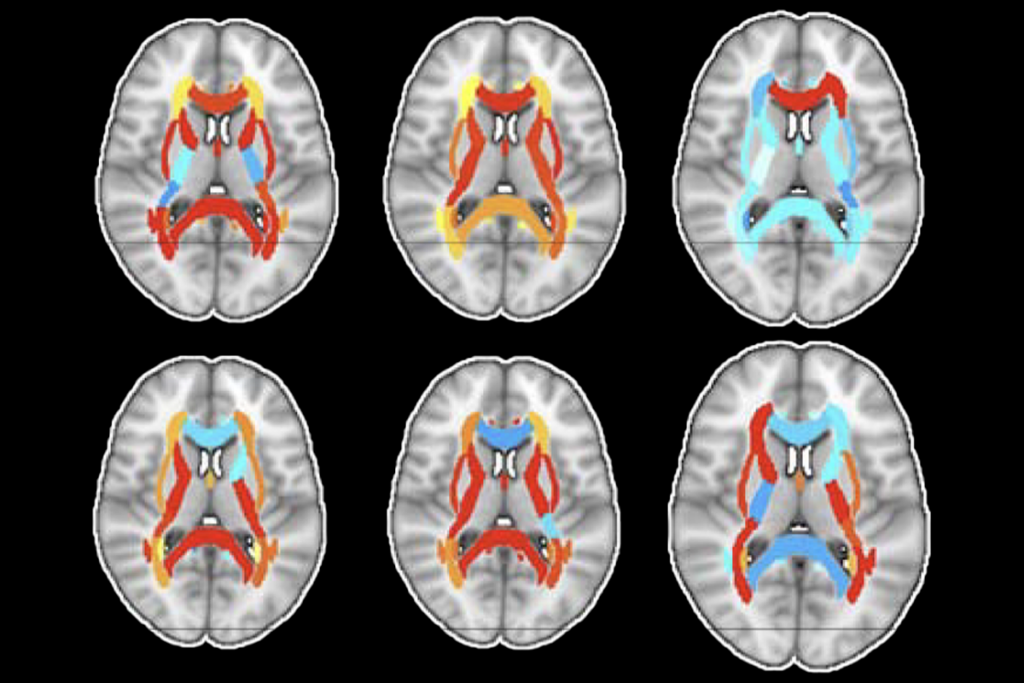Genetic encyclopedia highlights human-mouse differences
Although mice and humans have many genes in common, a new catalog highlights significant differences in how these genes are regulated. This resource, dubbed mouse ENCODE, clarifies the extent to which mice can accurately model complex human diseases such as autism.
Although mice and people have many genes in common, a new catalog highlights significant differences in how these genes are regulated. The findings, detailed in five studies published in November in Nature and Science, clarify the extent to which mice can accurately model complex human diseases such as autism1,2,3,4,5.
The studies represent the most comprehensive comparison of human and mouse genomes to date. They use data from the National Human Genome Research Institute’s ENCODE project, which aims to catalog all the functional elements in the genome, including those that regulate gene expression.
Researchers published the main results from Human ENCODE in 2012, but only just released the mouse version.
Previous comparisons between the human and mouse genome were largely piecemeal, as researchers investigated genes related to specific diseases, pathways or tissues. The new effort explores the function of hundreds of genes and DNA sequences across dozens of tissue types.
Although the molecular machinery that regulates gene expression in is largely conserved in mice and men, the sequences that code for specific regulatory proteins are dramatically different: A protein that turns a gene on in the mouse brain might regulate a different gene in a different human tissue.
Some of these regulatory elements appear to have evolved quickly between the two species, and others more slowly. The most divergent ones include those involved in the immune response. This has implications for autism research, as mounting evidence suggests that immune cells play a role in the disorder.
A sixth study, published 20 November in the Proceedings of the National Academy of Sciences, looked at gene expression in 15 types of tissues from mice and people, including the small intestine, brain and heart6. For many genes, the expression patterns are more similar within tissues from the same species than they are in the same type of tissue across different species. For example, the pattern of gene expression in mouse brains more closely resembles that of mouse kidneys than of human brains.
Still, there are several similarities that will prove helpful for researchers using mouse models of human disorders. For example, many of the switches in single DNA bases associated with disorders in people are present in the corresponding regions of the mouse genome.
References:
1. Yue F. et al. Nature 515, 355-364 (2014) PubMed
2. Stergachis A.B. et al. Nature 515, 365-370 (2014) PubMed
3. Cheng Y. et al. Nature 515, 371-375 (2014) PubMed
4. Pope B.D. et al. Nature 515, 402-405 (2014) PubMed
5. Vierstra J. et al. Science 346, 1007-1012 (2014) PubMed
6. Lin S. et al. Proc. Natl. Acad. Sci. USA 111, 17224-17229 (2014) PubMed
Recommended reading

Going against the gut: Q&A with Kevin Mitchell on the autism-microbiome theory

Constellation of studies charts brain development, offers ‘dramatic revision’
Explore more from The Transmitter

A change at the top of SfN as neuroscientists gather in San Diego


